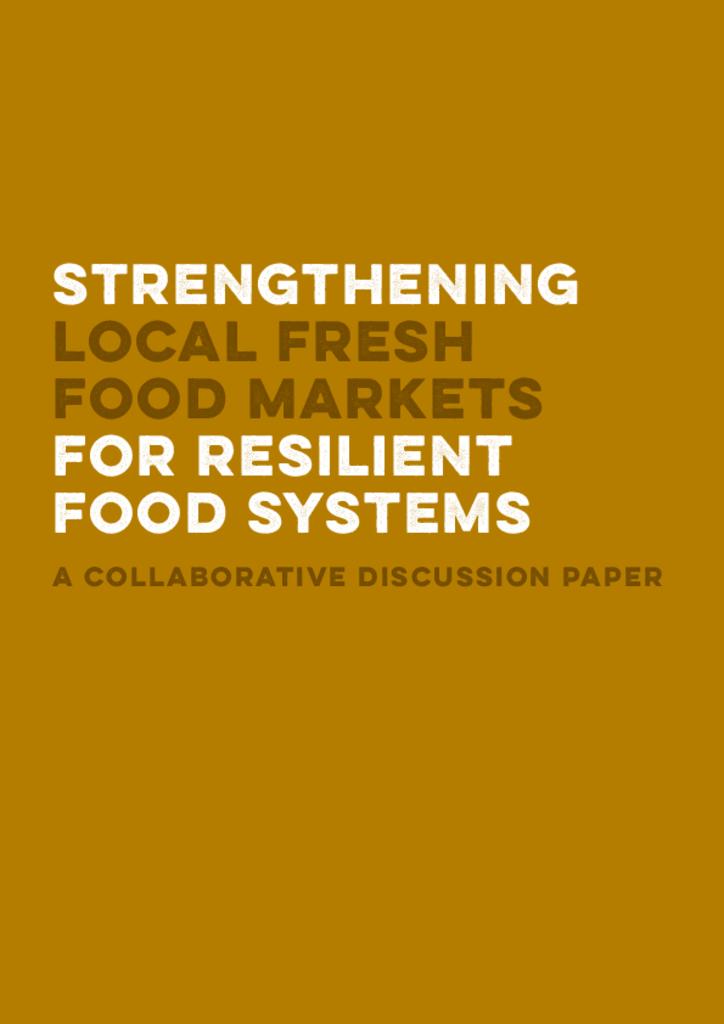Local fresh food markets are vital entry points for just food systems transformation supporting access to safe, affordable healthy diets for all.
The global food system is experiencing the worst crisis in history. Unlike the food price crisis of 2007-8, in 2022 there is a convergence of multiple crises. Hunger and malnutrition have soared in the wake of the coronavirus pandemic (COVID-19). Global conflicts (in particular, the Russian war in Ukraine) have triggered shocks to energy, food export-import, and fertilizer markets, spiking global inflation and economic instability. These crises exacerbate what is widely acknowledged to be a broken food system that is ever more vulnerable to the impacts of accelerated climate change and severe biodiversity loss.
The debate on what transformation means continues beyond the UN Food Systems summit and Nutrition for Growth summit. Challenges of such magnitude are overwhelming governance capacities at all levels. The inequalities between high- and low- income countries, between formal and informal sectors, between urban and rural areas and between the wealthy and the poor certainly existed before the most recent crises, but have been sharply accentuated in the last two years. Systemic changes are needed and fresh food markets – whether formal or informal, large or small are a critical part of the urgently needed just transformation towards food systems and nutrition resilience for all.
